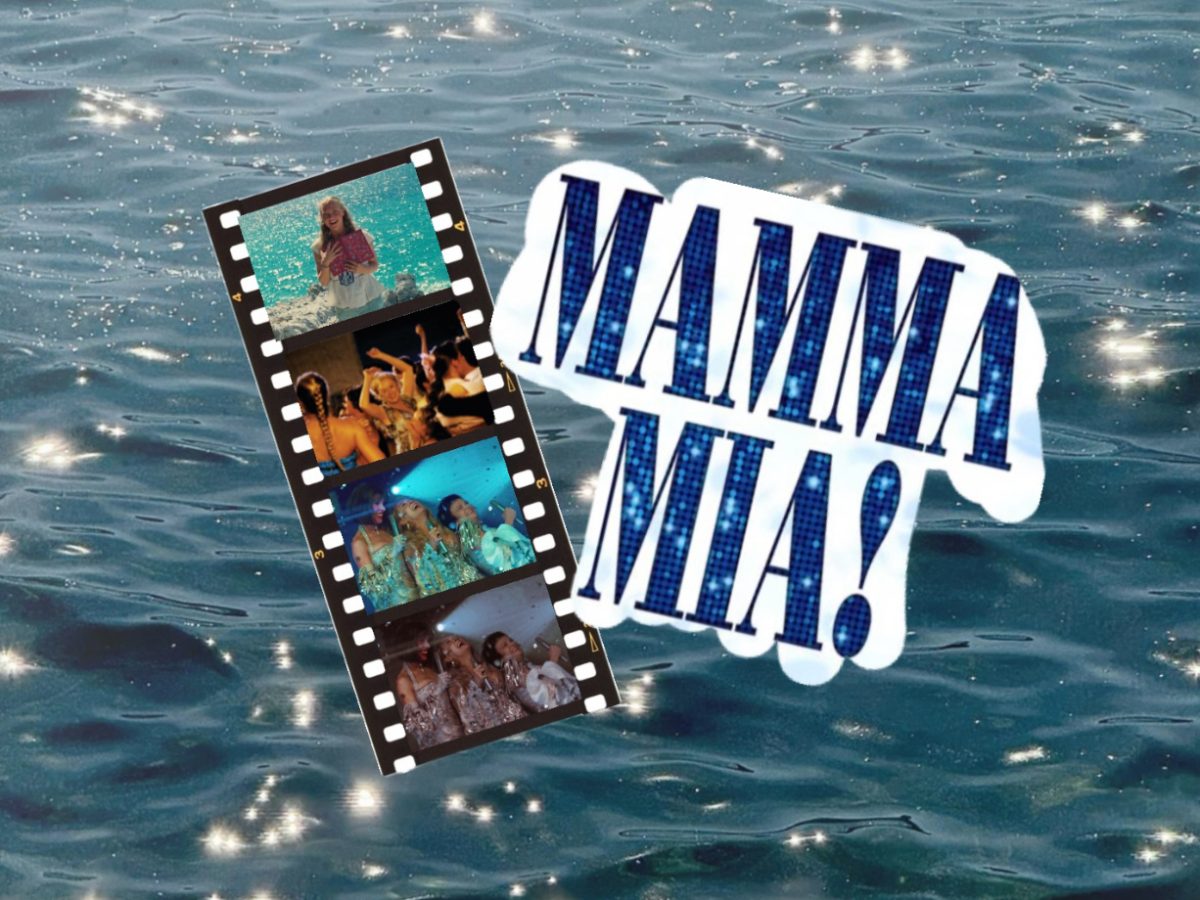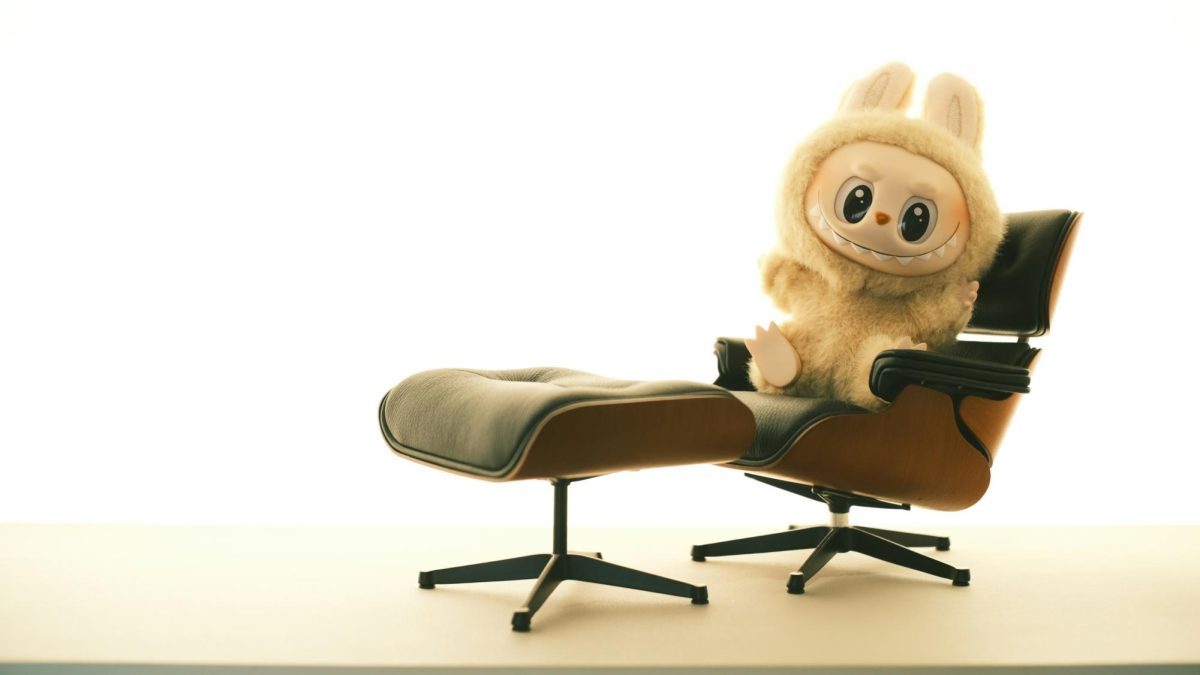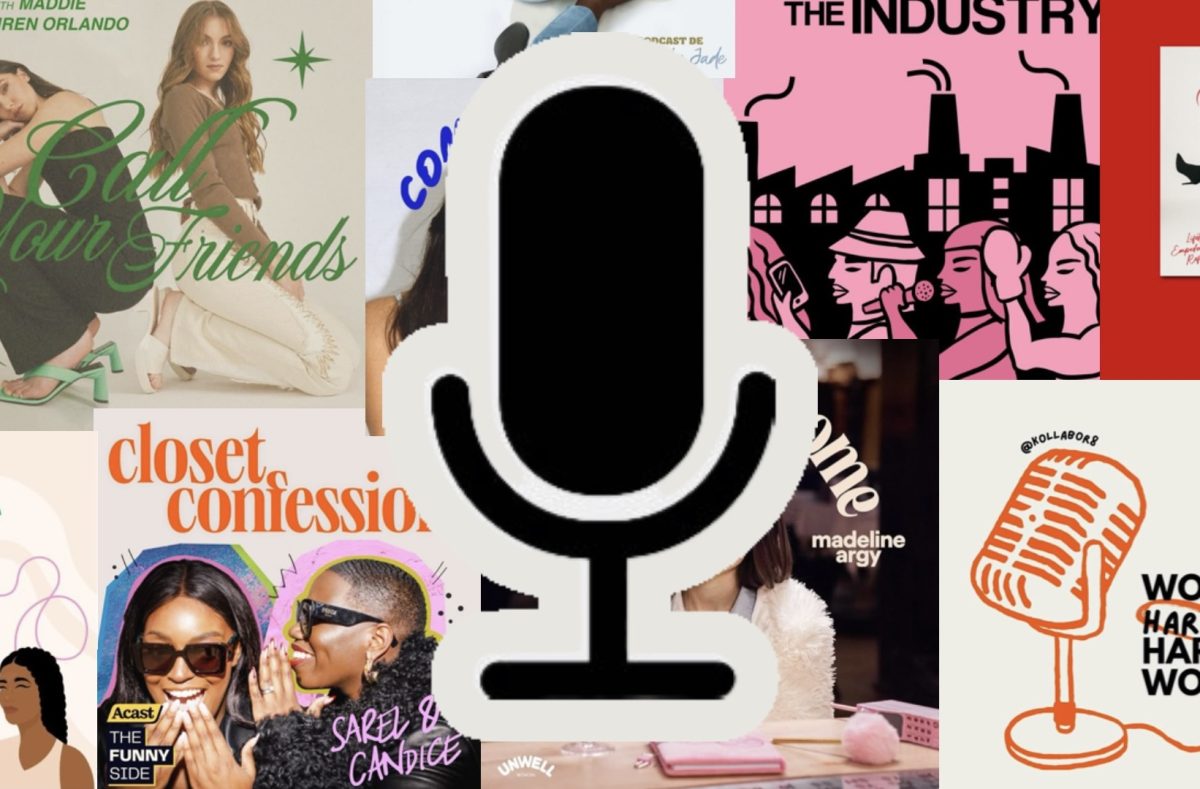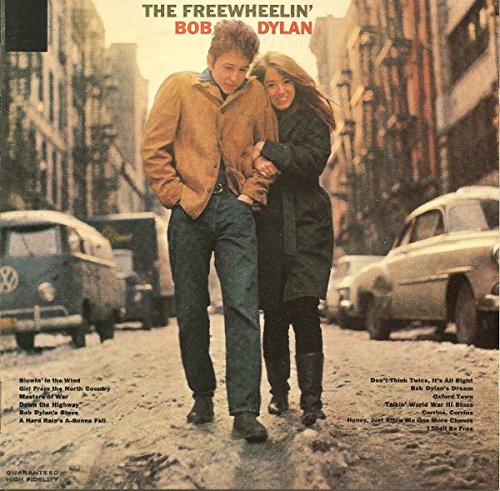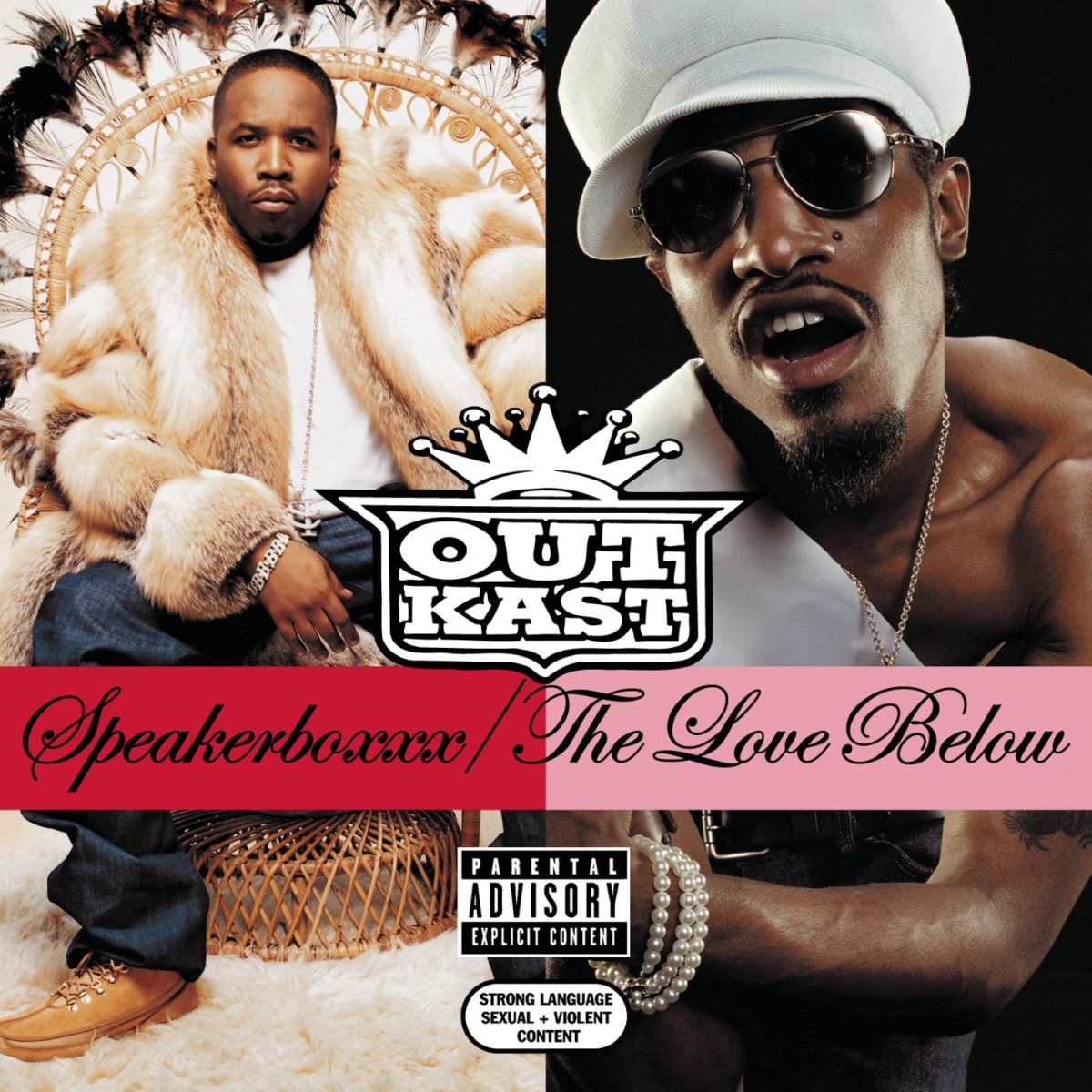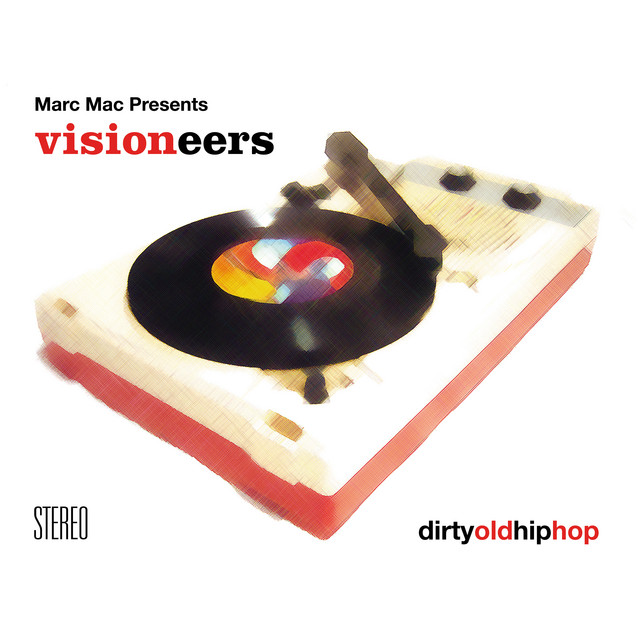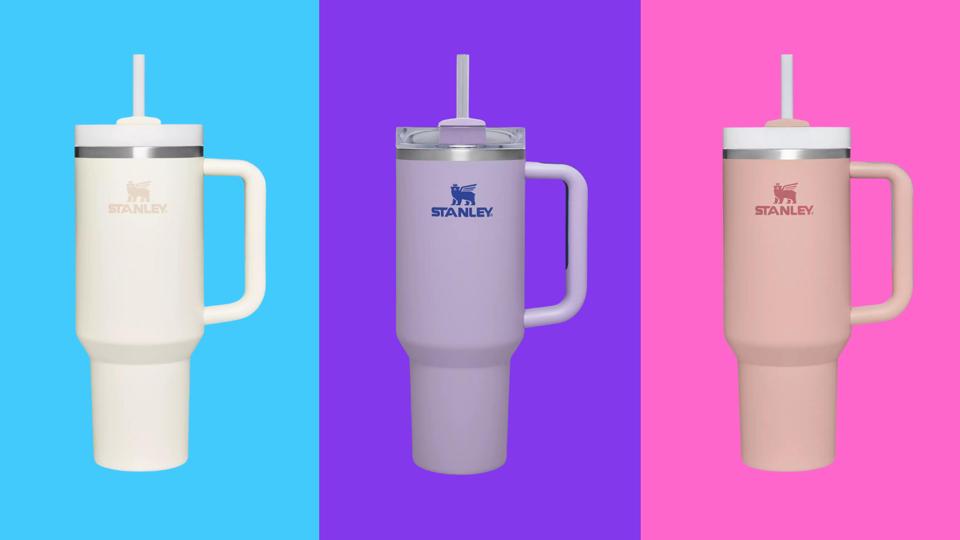This girl is perfectly put together. Her hair is slicked back in a neat ponytail, small hoops adorn her ears, her nails are perfectly painted and her face glistens with a glossy, minimalist makeup look. Her skin is plump and her lips are lifetimes away from needing even one swipe of chapstick. She’s propped up a few centimeters by her platform Uggs. By her side hangs the most important piece of all: her nicely moisturized hand is curled around a 40-ounce Stanley Quencher Tumbler that matches with her outfit.
In the last couple of years, Stanleys (especially this specific tumbler) have stormed their way to the forefront of the fashionable hydration scene. The 40-ounce tumblers cost $45, come in a large variety of colors, and brag that they can keep drinks cold for 11 hours and hot for seven.
When I say that the Quenchers come in a large variety of colors, I mean large. The Stanley website allows you to browse core colors, seasonal colors, limited colors and annual colors. You can also customize your own, with the option to engrave an image of your choosing on the front.
The stainless steel Stanley water bottles are practically indestructible (famously known to have survived a car fire unscathed), with a lifetime warranty—yet the multitudes of color options and exclusivity of limited edition colors have turned the bottles into collector items. Viral videos have shown Stanley enthusiasts (mainly millennial moms) stampeding through Target to get their hands on limited edition cups, or waiting in a line that wraps around the building to get first dibs as soon as the store opens.
Summit Senior Ramsey Starr, a major hydration proponent commonly seen toting her battered and bruised “emotional support” HydroFlask, criticized the Stanley Tumbler trend for its pointlessness.
“They’re so big, and for what? It’s just a huge mug, when you could use a normal water bottle,” said Starr.
Water bottles have become just as subject to the rapidly changing tide of trendiness as clothing—beginning most notably with celebrities toting Fiji water and continuing with the 2019 HydroFlask boom. Social media has had a heavy hand in each bottle’s social relevance. Influencers now tote the Tumbler as a must-have hydration essential, an eco-investment and a cute addition to a workout outfit all in one—certainly not a “normal water bottle.” By turning a bottle into an aesthetic, a collectible, a status symbol, Stanley inflated their revenue from a reported $73 million in 2019 to $750 million in 2023.
The Tumbler easily fits into the recent “clean-girl” trend, which emphasizes a minimalist approach to beauty and fashion—featuring little makeup, well-fitting clothes, simple hairstyles and neutral tones. This aesthetic goes to yoga classes and journals before bed. This aesthetic takes care of themselves, of course they have a Stanley.
Predictably, Stanley tumblers and their users began receiving backlash as soon as the trend took off. It’s a favorite cultural pastime to write off products popular with female audiences as “basic,” such as Lululemon leggings and Ugg boots. The blatant overconsumption attached to Stanley purchases—encouraged by the company itself in many ways—makes it even easier to sneer at as another useless fad.
Summit Freshman Hailey Pease, owner of a white 40-ounce Stanley Tumbler, feels like the pushback against the Tumblers are unnecessary and cause people to miss out on a good product. She refrains from bringing her Stanley to school because she gets called “basic” when she does.
“But what defines basic?” questioned Pease. “Is this basic or is it practical? Is it just that good that it’s popular or is it basic?”
Those that feel the need to buy bottle after bottle to match every outfit warrant some skepticism, but most Stanley owners simply enjoy the practicality of a bottle that stays cold, fits in their car cup holders and has a convenient straw. It’s still a reusable water bottle, helping both the environment and the health of those that find them practical. Social media has blown these bottles far out of proportion, but it’s time to view the Stanley—and, really, anything else being aggressively marketed to make you feel like buying a product will make you better—as simply a water bottle again.
It’s more important than ever to view online crazes with a highly skeptical eye and purchase products for their genuine functionality rather than as a collectible to signal your status to others. If this trend has taught us anything, it’s to be less susceptible to online influencing and evaluate the genuine usefulness of products like these in our lives before joining the masses in waves of consumption.
“Owning a Stanley is not a statement, people, it’s a water bottle,” said Pease. “Stop making it deeper than it actually is. Even though it is 40-ounces deep, don’t make it deeper than that.”





